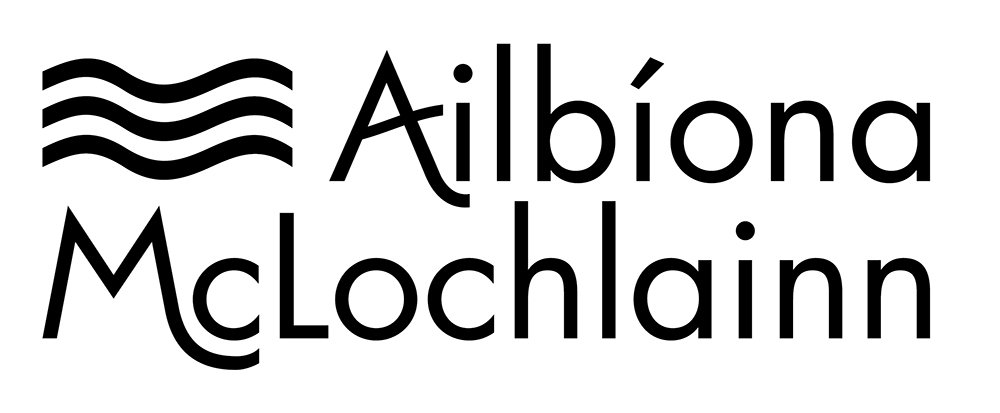Why We Knit
In the course of last year, and compelled in equal measure by a house move, a major lifestyle change, and some health issues, I made a firm decision: To cull my then-overwhelming, tattered, and ill-fitting stockpile of clothing, re-evaluate my sense of personal style, and create a manageable wardrobe that harmoniously combined store-bought and hand-knitted items. With my chaotic personality and inherent sense of scepticism (including of the recent de-cluttering/ capsule wardrobe/ personal styling trends), this was harder work than I expected. But by Autumn 2023 I did it.
Consequently, I am now enjoying my third season of sartorial contentment - wearing easy, comfy, confidence-inspiring outfits that feel like ‘me,’ look surprisingly put-together, and incorporate my handknits more successfully than I have ever managed to do previously.
Encouraged by this positive experience, I have occasionally shared my thoughts on the subject of ‘wearable knits,’ both on this blog and in my newsletter. And I suppose what I’d like to do ultimately, is approach the topic more systematically. To start from the beginning, as it were.
But before I do that, it is important for me to address one thing:
The thoughts, experiences, and ideas in this series are for the benefit of those who have the explicit goal to knit with wearability in mind.
However, it is not my intent to imply that knitters ‘should’ knit with wearability in mind.
The oppressive and historically pervasive idea that female creativity has some sort of obligation to be useful in order to be perceived as valid by society, is one I neither subscribe to nor wish to perpetuate.
And even as I pursue my own quest to create wearable pieces, I fully support the right of knitters to knit for any reason they wish.
In the online knitterly dialogue, it is customary to divide knitters into two broad motivational categories: process knitters, and product knitters - whereby process knitters enjoy the act of knitting in of itself, whereas product knitters are primarily interested in the end result.
Digging deeper, I would draw further distinctions within each of these categories.
When it comes to process knitting, for example, the motivation can be quite different depending on which aspect of the process we are drawn to.
It is possible to simply enjoy the physicality of it: the visceral sensation of pushing yarn on and off needles.
Some experience a trans-like quality - the rhythmic, repetitive nature of the knitting process being akin to a meditational practice.
For others, knitting can serve as an attention-anchoring activity, akin to doodling.
The tactile and ritualistic nature of knitting can also have calming, self-soothing effects that might serve as a form of therapy for anxiety, trauma, and a myriad of other issues.
Of course the learning/ problem-solving opportunities knitting offers is a category in of itself. There are knitters charmed by the magic of turning a heel, without ever wishing to wear a pair of hand-knitted socks. There are knitters obsessed with mastering various shoulder construction methods, complex cables, intricate lacework, multi-stranded colourwork - you name it! - without the slightest interest in producing a finished garment, let alone wearing it The sheer variety of skills and methodologies one can explore as part of the ‘knitting’ umbrella-term can keep one busy for a lifetime.
And finally, the social aspect of knitting opens up its own realm of possibilities. From knit-alongs, to sharing works in progress on forums and social media, to in-person knitting groups - all of these are process oriented incentives to engage in the practice.
Interestingly enough, even product-oriented knitting does not necessarily imply that creating wearable pieces is the goal.
We may, for instance, wish for a handknit to exist simply as a work of fibre art. Or even ‘just because.’ I know knitters who have no interest in wearing knitwear at all, yet keep a collection of handknits they’ve made in dresser drawers - taking the pieces out every so often, to look at, handle, and appreciate - before placing them back in storage.
With particularly niche, distinct, folkloric, or culture-specific forms of knitting, the finished garment may be the goal - yet it will serve the function akin to cos-play, to be worn at fibre festivals and knitters’ get-togethers as a way of experiencing a sense of affiliation with the community/ technique, rather than intended as a garment for ‘real life.’
When considered from this wider perspective, it is clear that practical wearability is just one of many, many reasons we might choose to knit. And it is no more or less valid than the others.
In this series, I will aim to specifically explore how those who are interested in a wearable handknitted wardrobe, might approach this pursuit. And in doing so, I continue to also support the myriad of other reasons we might have for knitting - be they process driven, product driven, or something else entirely.
After all, for knitting as a craft to exist and thrive and develop - the more reasons we have to practice it, the better.



